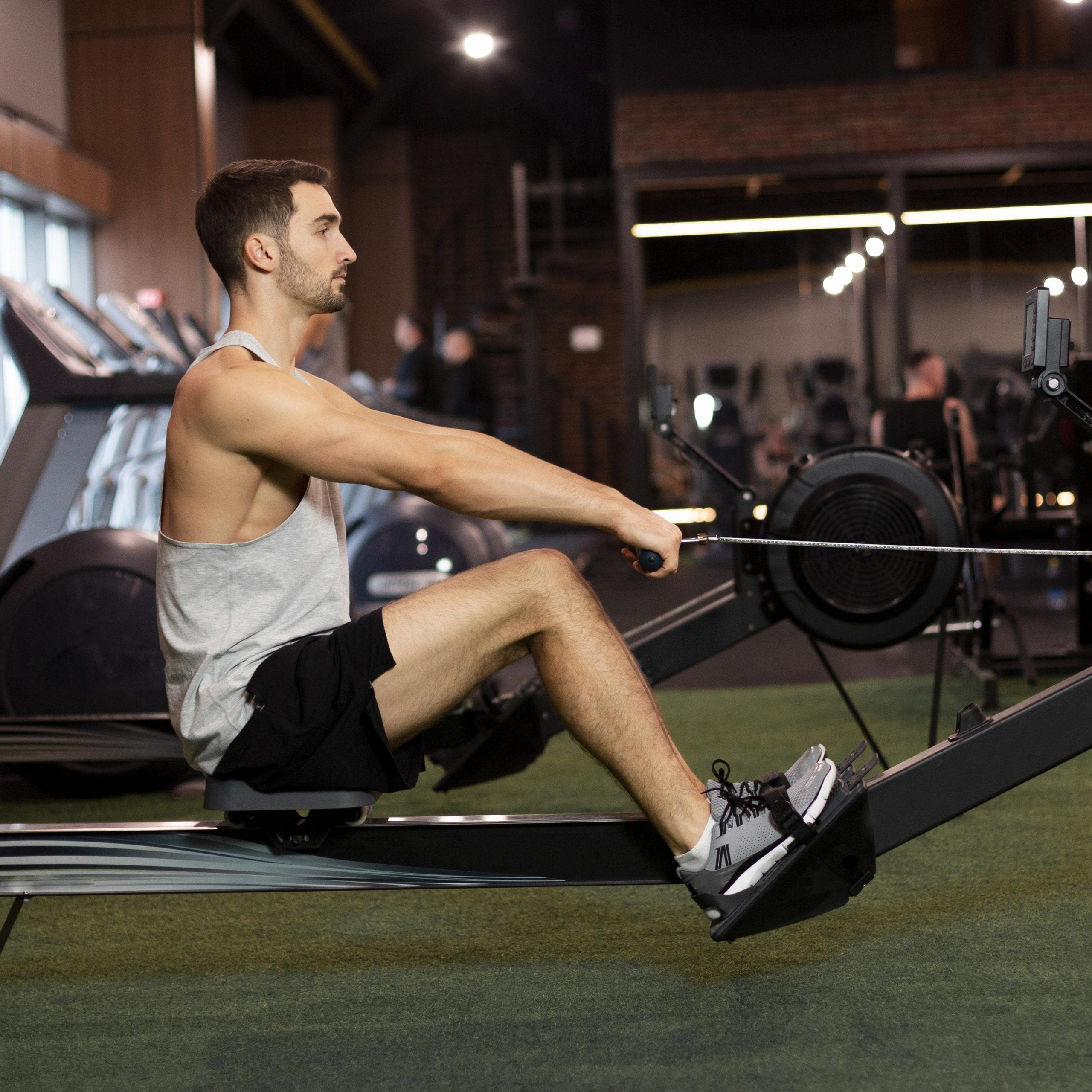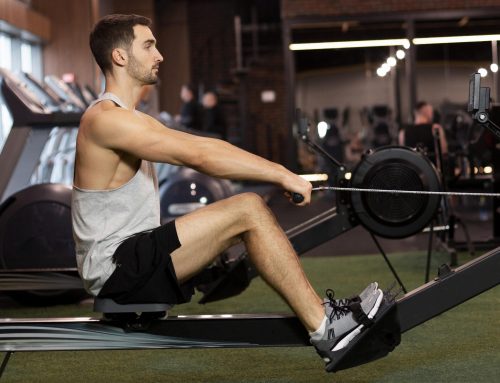Should I Row or Run?
Introduction
When it comes to cardio exercises, rowing and running are two of the most popular choices. Both exercises provide a great cardiovascular workout that can help improve your overall health and fitness levels. However, choosing between the two can be challenging, especially if you are new to the world of fitness. In this article, we will compare the benefits and drawbacks of rowing and running to help you decide which one is right for you.
Rowing vs running
The choice between rowing and running depends on various factors such as personal preference, fitness goals, and individual circumstances. Here are some key points to consider for each activity:
Running:
- Accessibility: Running can be done almost anywhere, requiring minimal equipment. It offers the convenience of stepping out your door and starting your workout.
- Cardiovascular benefits: Running is a highly effective aerobic exercise that improves cardiovascular fitness, strengthens the heart, and burns calories.
- Weight-bearing exercise: Running is a weight-bearing activity that helps promote bone density and can be beneficial for bone health.
- Variety and social aspects: Running allows you to explore different routes and environments. It can also be a social activity if you prefer running with others or participating in races.
Rowing:
- Full-body workout: Rowing engages multiple muscle groups, providing a comprehensive workout that targets the upper body, lower body, and core simultaneously.
- Low-impact exercise: Rowing is a low-impact activity that puts less stress on the joints compared to running. This can be beneficial for individuals with joint issues or those seeking a lower-impact workout.
- Strength and endurance benefits: Rowing builds muscular strength and endurance, particularly in the back, shoulders, and legs.
- Indoor and outdoor options: While rowing is often associated with indoor rowing machines (ergometers), it can also be done outdoors on water if you have access to a rowing boat and a suitable body of water.
Ultimately, the choice between rowing and running comes down to your personal preferences, fitness goals, and any specific considerations or limitations you may have. You could also consider incorporating both activities into your fitness routine to enjoy the benefits of both aerobic exercise and full-body strength training.
Benefits of Rowing
Rowing is a low-impact exercise that works all major muscle groups in the body. It is an excellent cardiovascular workout that can help improve your endurance, strength, and overall fitness levels. Rowing is suitable for people of all ages and fitness levels and can be adjusted to provide a challenging workout for both beginners and advanced athletes.
One of the benefits of rowing is that it is a full-body workout that engages all the major muscle groups. According to a study published in the Journal of Sports Sciences, rowing can burn up to 50% more calories than running at the same speed and duration. Additionally, rowing can help improve your posture, flexibility, and balance.
Benefits of Running
Running is a popular cardio exercise that can help improve your overall health and fitness levels. It is a high-impact exercise that is great for building endurance, cardiovascular fitness, and promoting weight loss. Running requires no special equipment, and you can do it anywhere, making it a convenient workout option.
Running is also an excellent way to relieve stress and improve your mood. According to a study published in the Journal of Adolescent Health, regular running can help reduce symptoms of depression and anxiety. Additionally, running can improve your bone density and help prevent osteoporosis in later years.
Drawbacks of Rowing
Rowing is a low-impact exercise that puts less stress on the joints, making it a suitable exercise for people with joint problems. However, rowing can be challenging and may require proper training and instruction to perform correctly. Additionally, rowing machines can be expensive and take up a lot of space, making it challenging to incorporate into your daily routine.
Drawbacks of Running
Running is a high-impact exercise that can be hard on the joints, especially if you are overweight or have pre-existing joint problems. Running can also be challenging to perform correctly and may require proper training and instruction from a professional.
Additionally, running can be challenging to incorporate into your daily routine if you live in an area with inclement weather or if you have a busy schedule. Running can also be monotonous, and some people may find it boring, making it challenging to stick to a regular workout routine.
Conclusion
Ultimately, the choice between rowing and running comes down to personal preferences and fitness goals. If you are looking for a full-body workout that engages all the major muscle groups while burning a significant number of calories, rowing may be the way to go. However, if you are looking for a high-impact exercise that can help build endurance, cardiovascular fitness, and promote weight loss, running may be the better choice.
Regardless of which exercise you choose, it is essential to approach it with caution and proper training. Ensure that you warm-up before exercising and take breaks as needed. Remember that consistency is key, and incorporating either exercise into your daily routine can help improve your overall health and fitness levels.
References
-
- Journal of Sports Sciences: “Energy expenditure during rowing,” – https://www.ncbi.nlm.nih.gov/pubmed/10843698
-
- Journal of Adolescent Health: “The effects of physical activity on depressive symptoms among older African American adolescents,” – https://www.ncbi.nlm.nih.gov/pubmed/15767140






